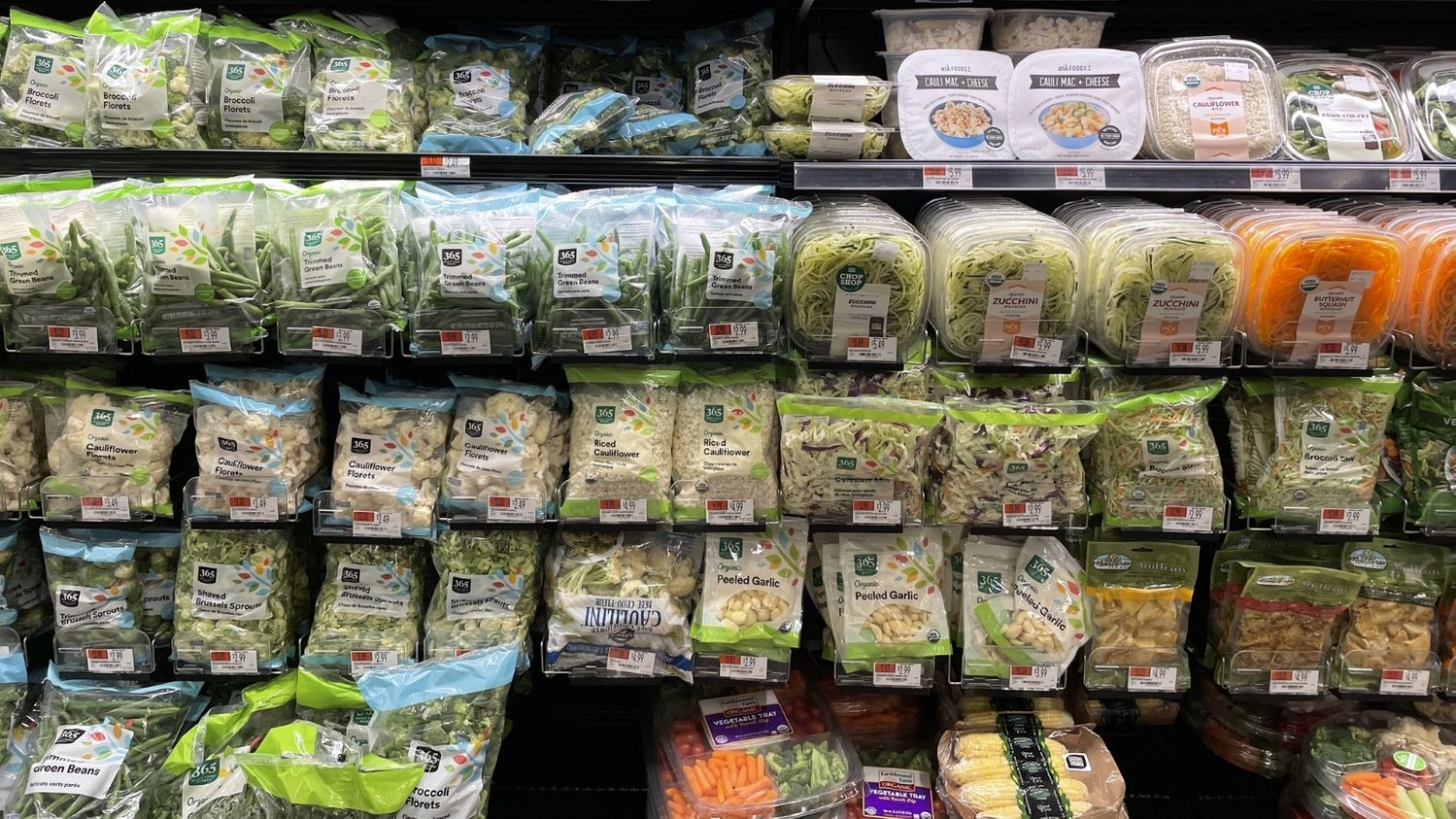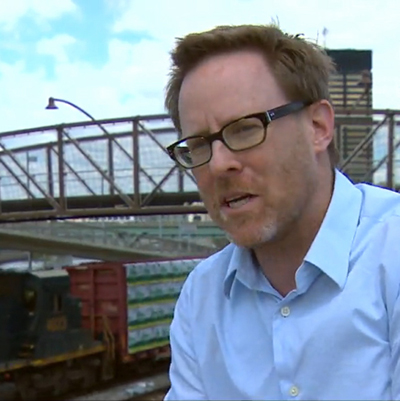
Simple Home Energy Tips:
These energy efficiency tips are a great way to save money on your energy bills and help protect the planet.
All together these tips can help you save $500 AND reduce your carbon footprint by 5 tons of carbon dioxide emissions - the equivalent of taking a car off the road for a year!
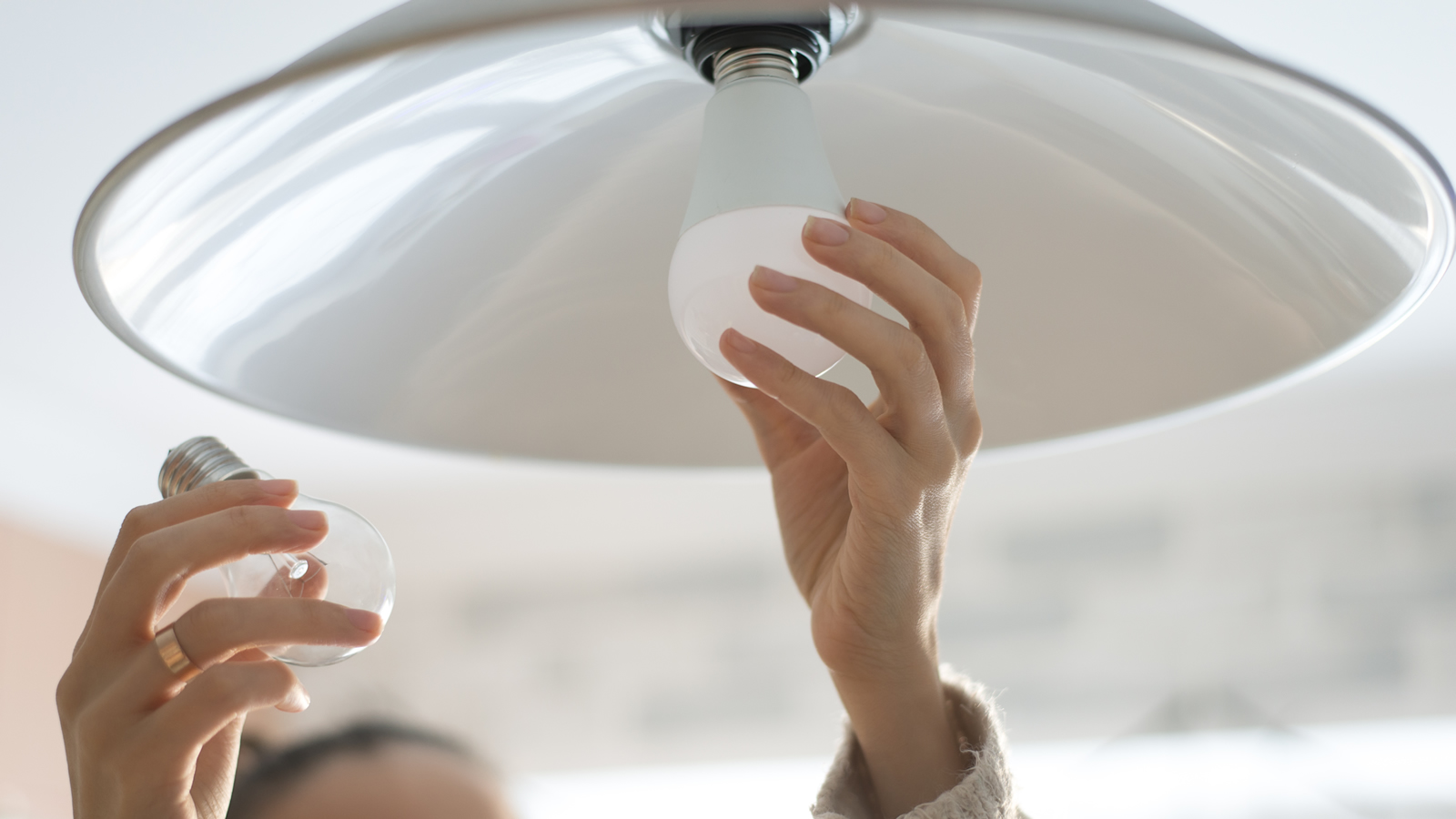
PennEnvironment and the Pennsylvania Legislative Black Caucus (PLBC) are excited to team up to bring you this helpful guide for reducing your energy use. The cleanest, cheapest energy is the energy that you don’t need to use in the first place. Improving your home’s energy efficiency is a great way to lower your energy bills and your climate-warming emissions. These 10 small changes and swaps can add up to big savings and make a huge difference for our planet!
These energy efficiency tips can reduce your carbon footprint by 5 tons of carbon dioxide emissions – the equivalent of taking a car off the road for a year! And save you $500 or more on your energy bills each year.
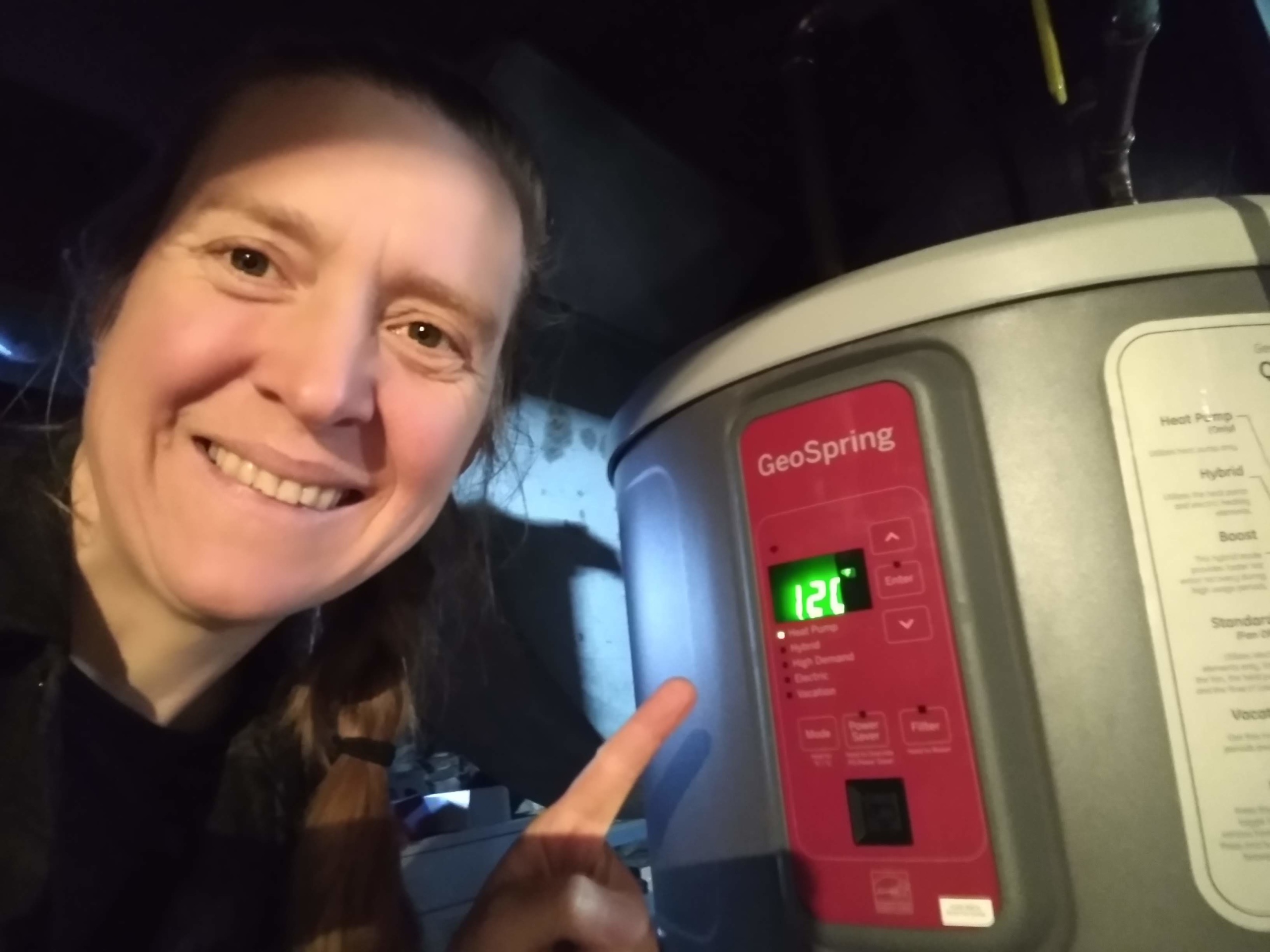
10 Energy Efficiency Tips:
1. Wash your clothes in cold water
Cold wash cycles use up to 90% less energy than hot and warm wash cycles. Washing in cold water helps prevent fabric shrinkage and keep the colors of your clothes brighter for longer. Energy bill savings: on average $250* a year.
*The average household does 7 loads of laundry a week. A load in hot water uses 4.5 kWh, while a load in cold water uses 0.3 kWh.
2. Replace old light bulbs with modern LED light bulbs
The simple choice to change out your old light bulbs for modern LED light bulbs saves money and reduces energy consumption. LED bulbs use up to 90% less energy and last up to 25 times longer. Turning off lights when you leave the room is a great way to save even more energy. Energy bill savings: $8* a year for each bulb.
*An incandescent light bulb used on average for 2 hours a day uses 44 kWh/year.
3. Clean your dryer's lint filter after every load
Incredibly, cleaning the lint filter in your dryer after every load reduces energy consumption by a massive 30%. It also reduces wear and tear on your dryer, helping your machine last longer – and helps prevent fire hazards. Adding wool dryer balls to your dryer helps reduce drying times, saving even more energy and money. Energy bill savings: up to $50* a year.
*The average household does 7 loads of laundry a week. The energy usage of clothes dryer’s varies by machine, but we assume an average of 3 kWh of electricity per load.
4. Hang your washed clothes on a clothesline or rack to dry
In many households, the dryer is the third most energy intensive appliance after the refrigerator and washer. Eliminating its use entirely and air-drying clothes can reduce your household’s energy use by up to 12% and help extend the life of your clothes at the same time. Energy bill savings: up to $200* a year.
*The average household does 7 loads of laundry a week. The energy usage of clothes dryer’s varies by machine, but we assume an average of 3 kWh of electricity per a load.
5. Unplug appliances when you aren't using them or use a power strip
Electricity used by appliances when not in use – and even turned off, but plugged in – accounts for a whopping 5 – 10% of a household’s energy use. Unplugging these appliances when they aren’t in use is a great way to save energy without making any changes to your home. You can also plug devices into a smart power strip which detects when a device is in standby mode and can cut power off. Energy bill savings: up to $200* a year.
*According to the U.S. Department of Energy, standby power (electric power consumed by products when they are switched off, but still plugged in) accounts for 5 to 10% of residential energy use.
6. Set your water heater to 120 degrees
Lowering the temperature of your water heater and making sure it’s properly insulated can reduce the energy consumption in your home by up to 22%. Lowering the temperature on your water heater can also slow mineral buildup and corrosion in your pipes, and protect your household from scalding water. Energy bill savings: up to $400* a year.
*According to the U.S. Department of Energy, lowering the temperature of your water heater from 140ºF to 120ºF can save your household 4% to 22% annually on energy costs.
7. Switch to an efficient shower head
Replacing old shower heads with efficient options can reduce energy usage by up to 25% and additional savings come from reductions in water usage. These more efficient shower heads are often called “low-flow” or have a “WaterSense” label. Energy bill savings: up to $60* a year.
*According to the U.S. Environmental Protection Agency, the average household could save 330 kWh of electricity annually by switching to efficient shower heads. Additionally savings come from the reduction in water usage.
8. Let your dishes air dry
Not heat-drying your dishes can reduce energy consumption by up to 15%. You can also conserve water by scraping dishes instead of rinsing them, and only running your dishwasher with a full load. If your dishwasher has an “eco” setting, that is another great way to save energy and water. Energy bill savings: on average $10* a year.
*The average dishwasher consumes between 1.2kWh and 1.5kWh per load. We assume the average household runs 5 dishwasher cycles per a week.
9. Seal air leaks around windows and doors with caulk or weatherstripping
Caulk, seal, or weatherstrip all seams, cracks, and openings to the outside to stop air leaks and save 10 – 20% on your heating and cooling bills. Additionally, you can remove or tightly enclose window A/C units during winter to prevent heated air from escaping outside. Energy bill savings: on average $275* a year.
*According to the U.S. Department of Energy, caulk, seal and weather strip any air leaks and cracks, especially around windows and doors, to save your household 10% to 20% annually on energy costs.
10. Shut window shades to use less AC in the summer and less heat in the winter
Well fitting window shades and films can reduce heat loss in the winter and keep your house cool in the summer, reducing energy consumption by about 10%. Open your shades when it’s sunny in the winter to warm your home with the sun’s energy. Energy bill savings: up to $175* a year.
*According to the U.S Department of Energy, in winter, tightly installed shades can reduce heat loss through windows by 40% or more – about 10% heating energy savings. In summer, shades can reduce unwanted solar heat through windows by up to 60% – up to 20% cooling energy savings.
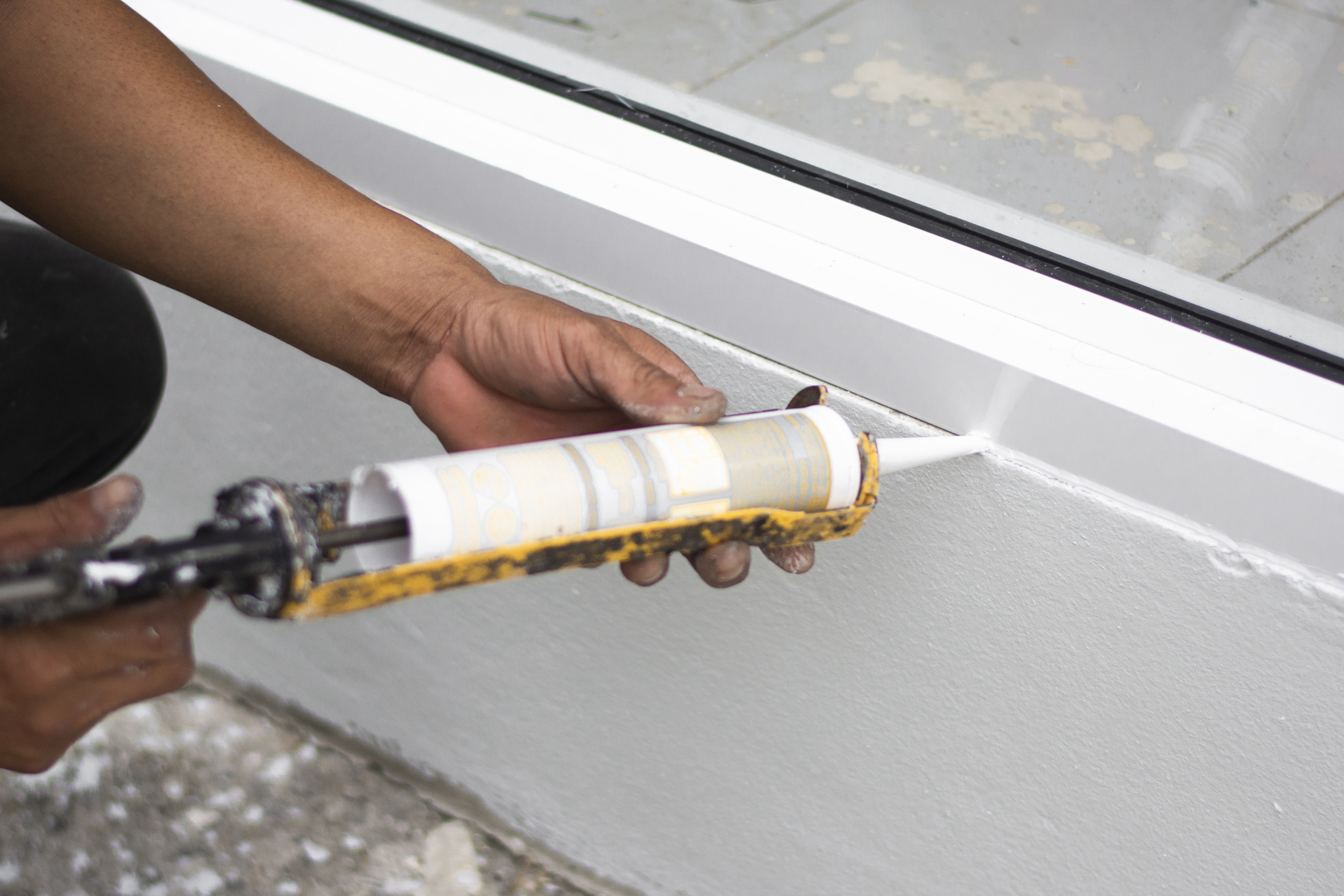
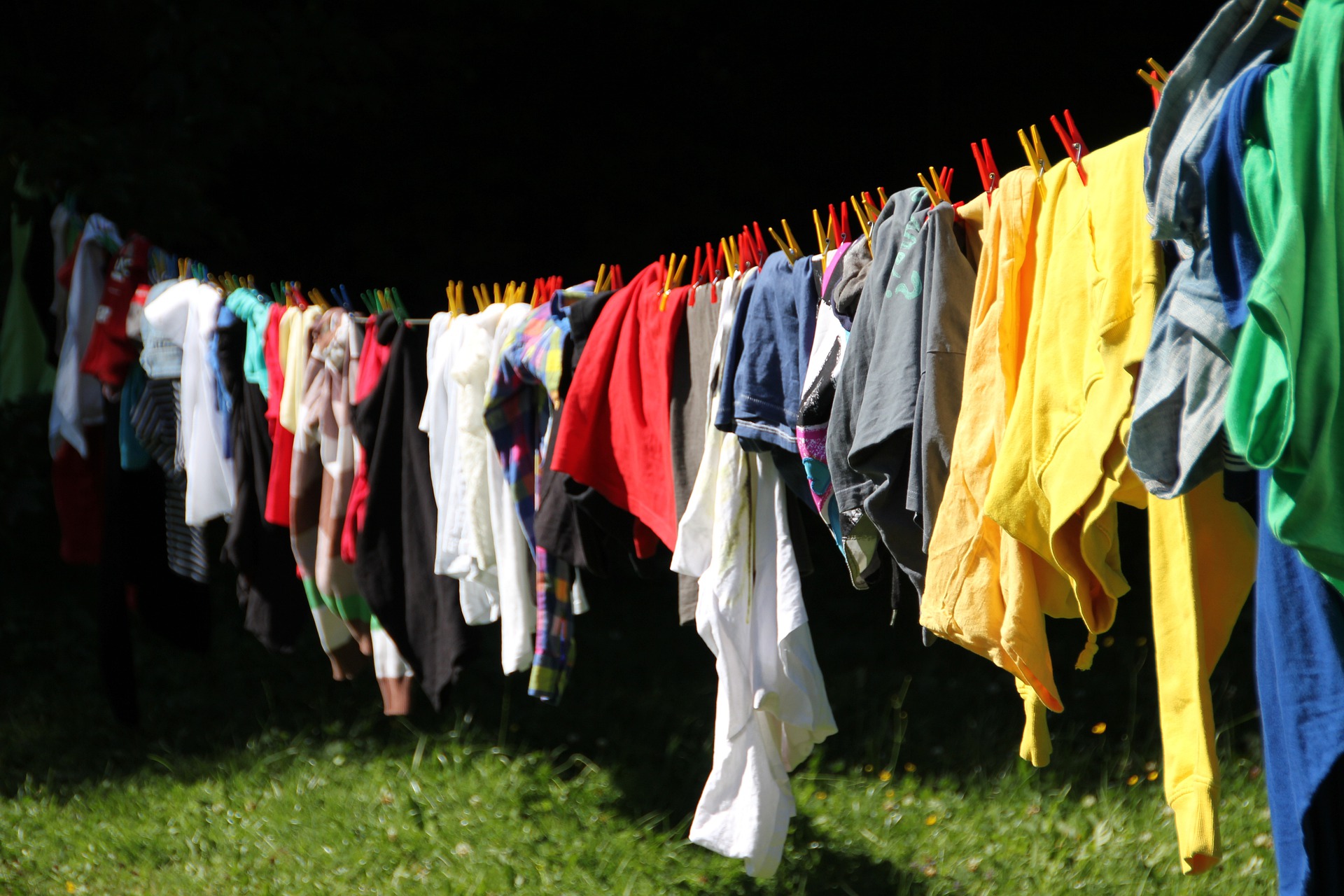
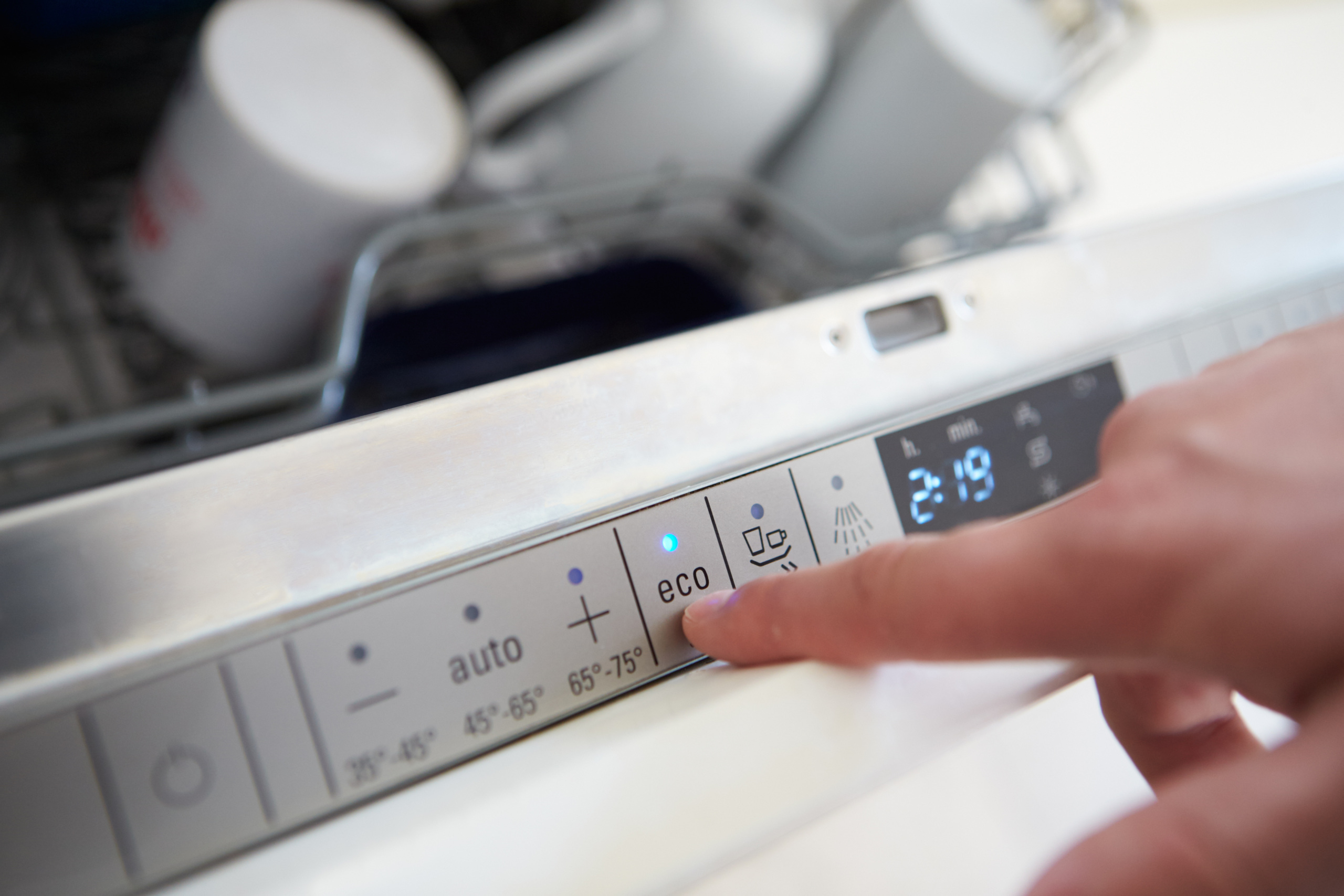
Other Ways to Get Involved:
Check out PennEnvironment’s Clean Energy Home Toolkit to learn how you can tap into the rebates and incentives in the Inflation Reduction Act to weatherize your home!
Stay up to date with PennEnvironment by joining our mailing list and becoming a member. And you can join our Mobile Action Network by texting “PennEnvironment” to 484-229-0050 to receive action alerts to help protect our environment and climate!
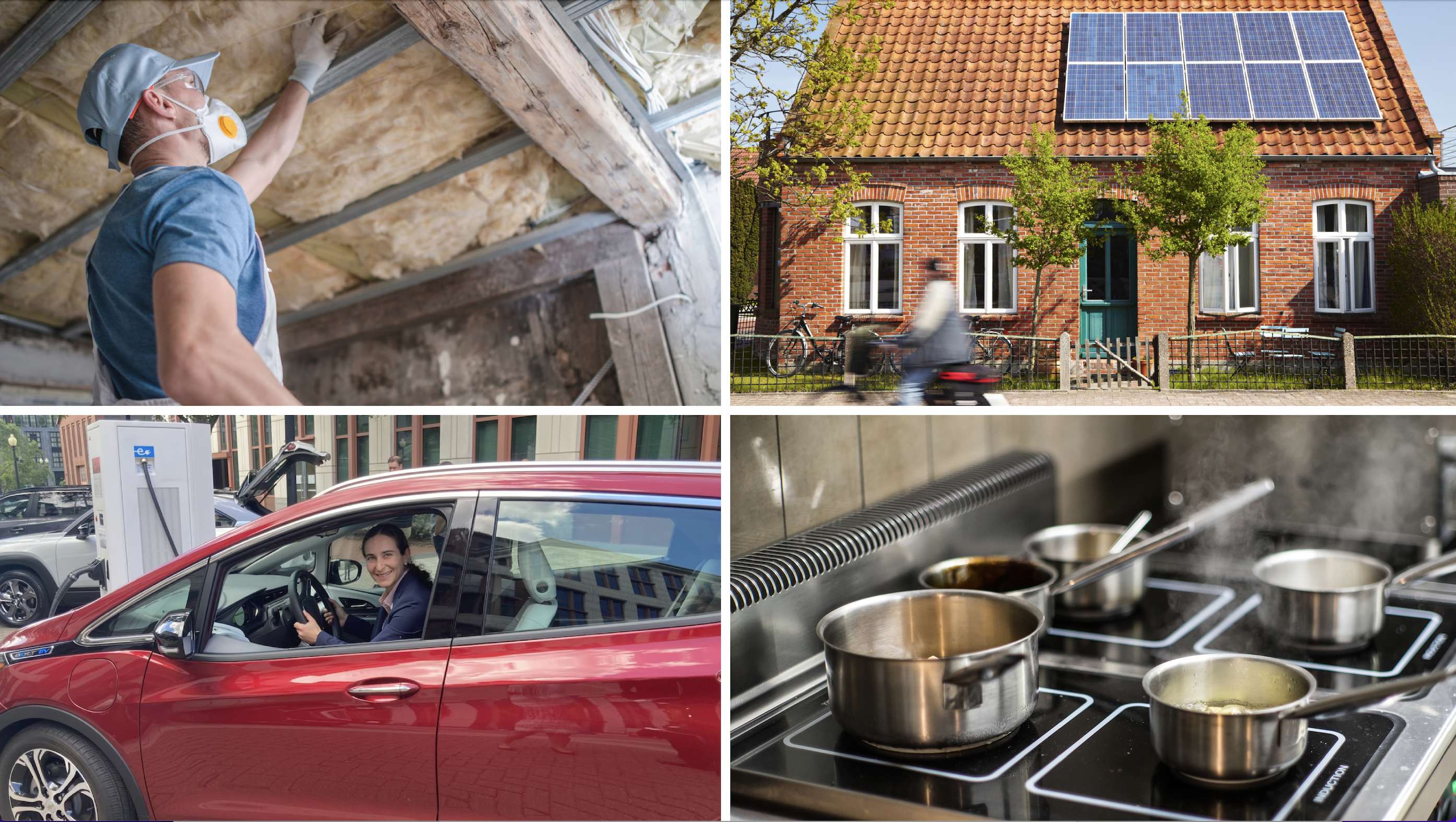
Clean Energy Home Toolkit
Methodology
Annual Savings Calculations
According to the U.S. Energy Information Administration, the average Pennsylvania family consumes about 10,000 kilowatt-hours (kWh) of electricity annually and spends more than $2,000 per year on energy bills.
Annual savings calculations were based on the average 10,248 kWh per household of total energy consumption from the U.S. Energy Information Administration and the average residential electricity rates in Pennsylvania of $0.18 per kWh.
Topics
Authors
Ellie Kerns
Climate Field Organizer, PennEnvironment
Ellie works on PennEnvironment's climate change campaign and helps move forward climate initiatives. She lives in Philadelphia, where she enjoys photography and gardening.
David Masur
Executive Director, PennEnvironment
Started on staff: 1994 B.A., University of Wisconsin-Madison As executive director, David spearheads the issue advocacy, civic engagement campaigns, and long-term organizational building for PennEnvironment. He also oversees PennPIRG and other organizations within The Public Interest Network that are engaged in social change across Pennsylvania. David’s areas of expertise include fracking, global warming, environmental enforcement and litigation, and clean energy and land use policy in Pennsylvania. David has served on the environmental transition teams for Gov. Tom Wolf and Philadelphia Mayor Jim Kenney. Under David’s leadership, PennEnvironment has won the two largest citizen suit penalties in Pennsylvania history against illegal polluters under the federal Clean Water Act and the largest citizen suit penalty under the federal Clean Air Act in state history.
Find Out More
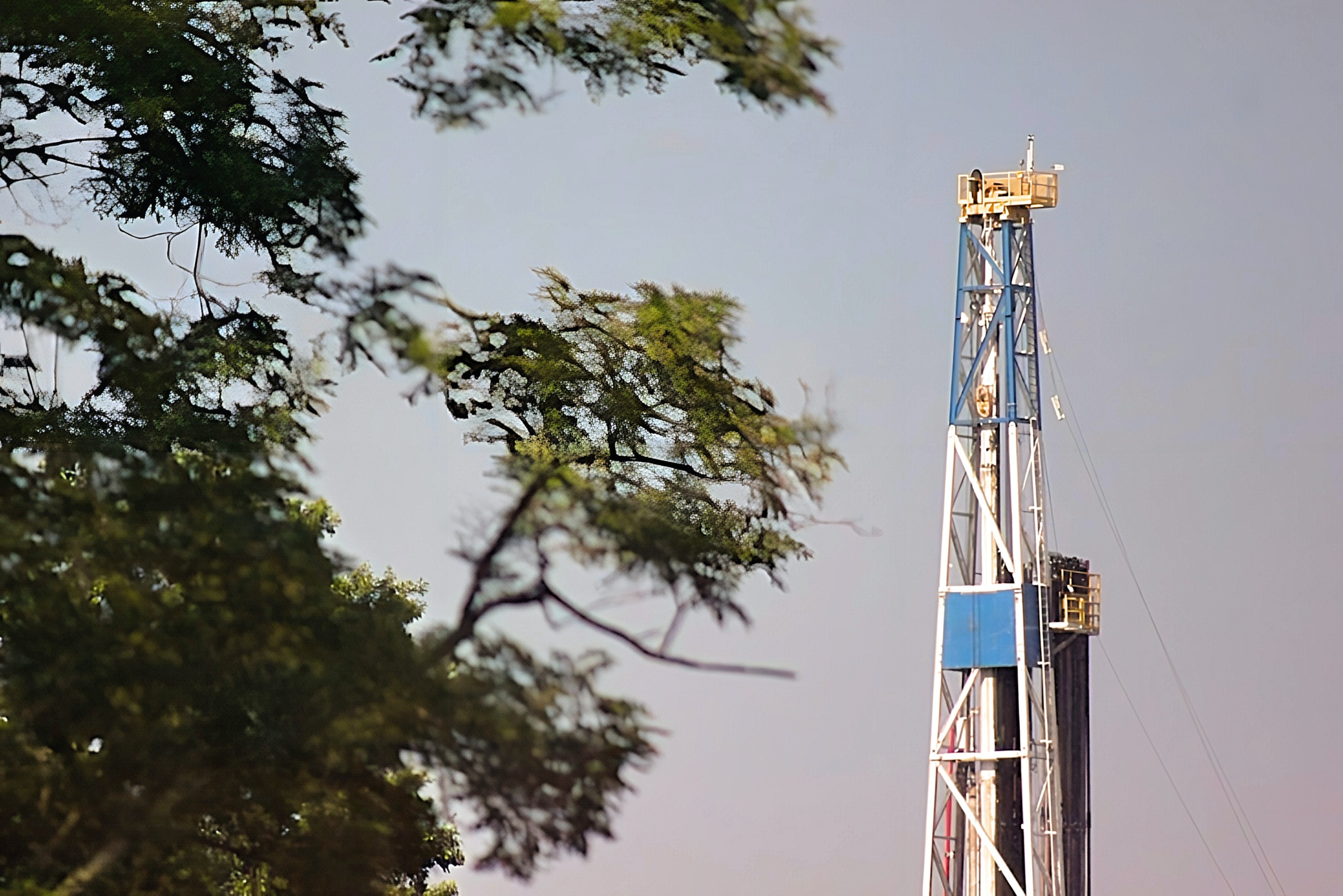
“Certified natural gas” is not a source of clean energy
